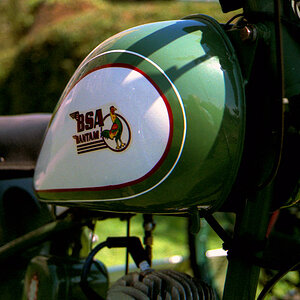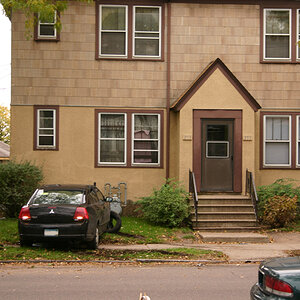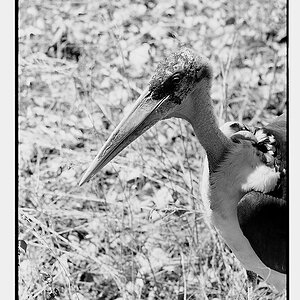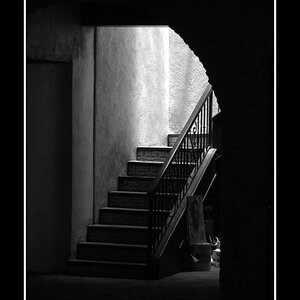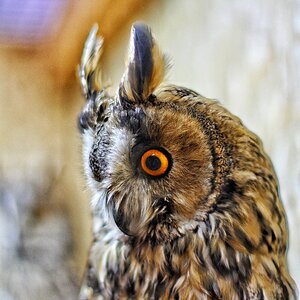mgshouston
TPF Noob!
- Joined
- Jan 12, 2014
- Messages
- 1
- Reaction score
- 0
- Location
- Houston
- Can others edit my Photos
- Photos NOT OK to edit
Hello.. I am new to photography and I am trying to get some good shots of horse racing at night without a flash so the horses aren't spooked and the flash would matter as the horses are a little ways away.
My camera is a Nikon D100, Phoenix 28-300mm f/4.0-6.3AF zoom lens, No flash.
There are lights there, I just can't get the right combination of settings for enough light in and shutter speed fast enough that the horses aran't blurry.
Any info will help. I would like at least a good starting point suggestion for the gear I am working with.
Thanks
My camera is a Nikon D100, Phoenix 28-300mm f/4.0-6.3AF zoom lens, No flash.
There are lights there, I just can't get the right combination of settings for enough light in and shutter speed fast enough that the horses aran't blurry.
Any info will help. I would like at least a good starting point suggestion for the gear I am working with.
Thanks


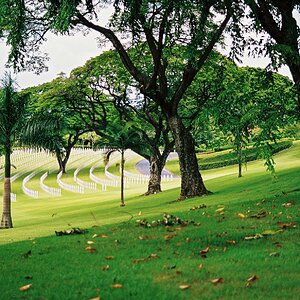
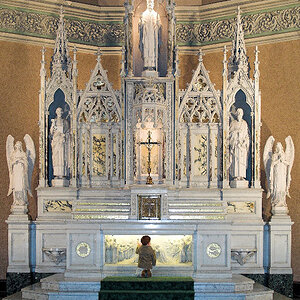
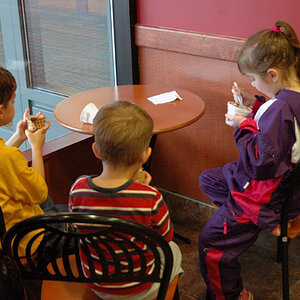
![[No title]](/data/xfmg/thumbnail/38/38723-12789924db409b40399a402700ac823c.jpg?1619738702)

![[No title]](/data/xfmg/thumbnail/41/41785-954f8d646534214ba1f63ad878e73dd8.jpg?1619739891)
